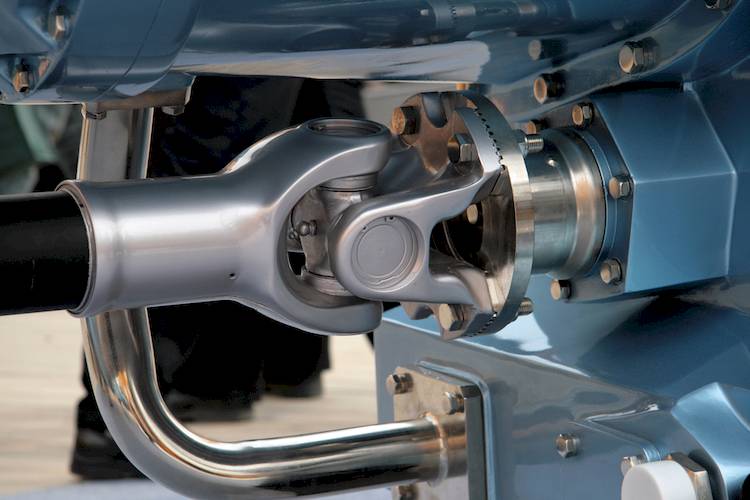Blog

Side effects of a Bad or Failing Universal Joint (U-Joint)
The drive shaft (likewise called propeller shaft or prop shaft) is a segment of the drivetrain in a vehicle, to convey torque from the transmission to the differential, which at that point transmits this torque to the wheels so as to move the vehicle. The drive shaft is essentially used to move torque between segments that are isolated by a separation, since various segments must be in various areas in the vehicle. A front-motor back wheel drive vehicle must have a lengthy drive shaft associating the back hub to the transmission since these parts are on inverse sides of the vehicle.
Drive shafts are utilized diversely in various vehicles, fluctuating significantly in autos with particular designs for front-wheel drive, four-wheel drive, and the recently referenced front-motor back wheel drive. Different vehicles likewise use drive shafts, similar to bikes, trains, and marine vessels.
Where is the Drive shaft?
A driveshaft is a barrel shaped shaft that transmits torque from the motor to the wheels. They are most regularly found on back wheel drive vehicles and associate the back of the transmission to the driveshaft.
What happens when a drive shaft turns sour?
It might be out of equalization or some other piece of it could be exhausted. Widespread Joint Movement – If the U-joint of your drive shaft pivots also quick or neglects to turn, at that point it's an issue with your drive shaft. ... You'll have to have your drive shaft put since you can't drive your vehicle in his condition.
Side effects of a Bad or Failing Universal Joint (U-Joint)
Squeaking commotion when beginning to push (forward or turn around)
"Thump" with a ringing sound when moving from Drive to Reverse.
Vibration felt all through the vehicle while pushing ahead at speed.
Transmission liquid holes from the back of the transmission.
Vehicle can't move under its very own capacity; driveshaft separated
Posted on November 2019,05 // Author: Admin